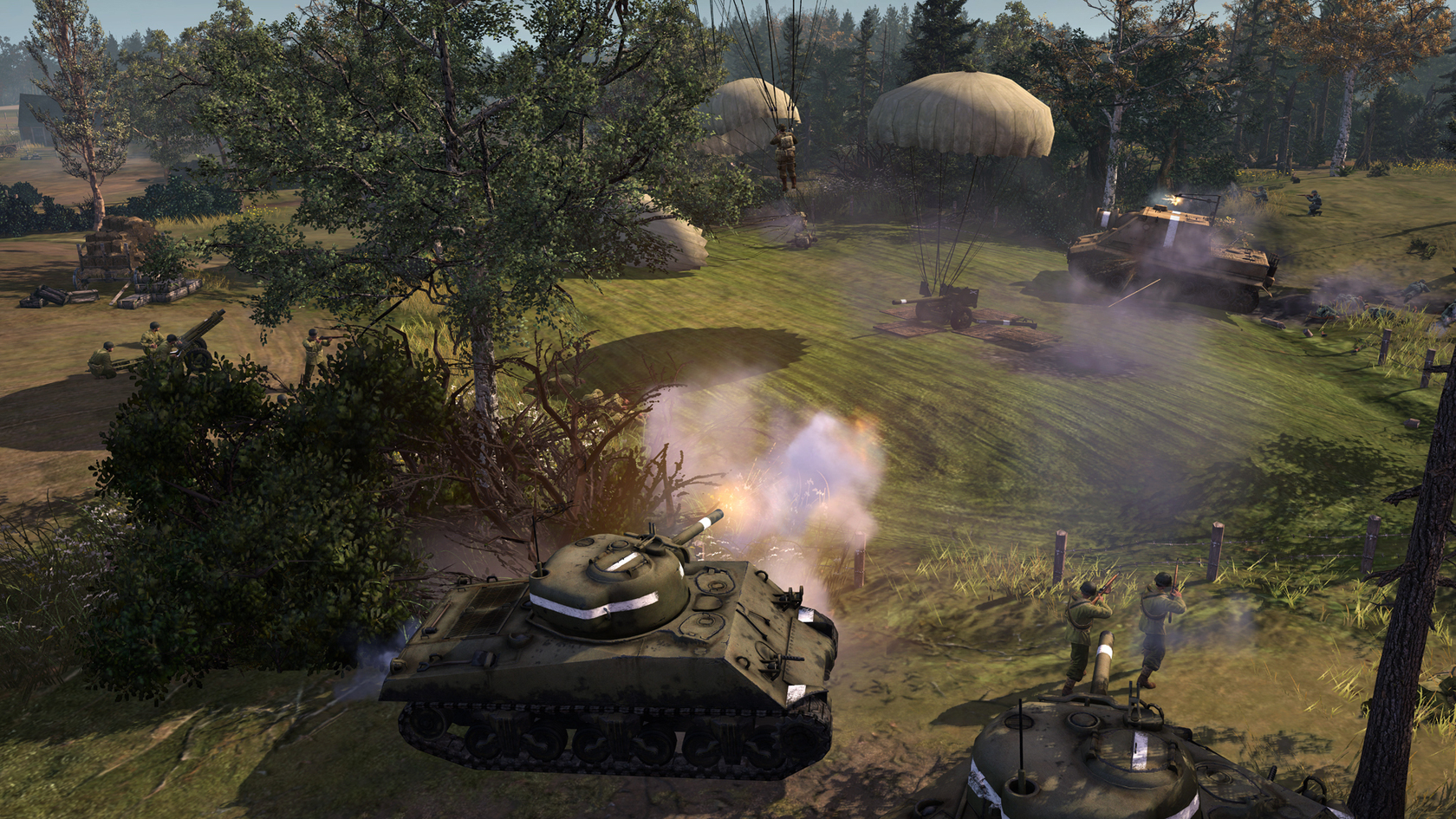5 Working with Mac OS X Server 5 If You Have a Solid-State Drive 6 If You Have an Xserve RAID Card 6 For More Information 7 Chapter 1: Xserve at a Glance 8 Xserve at a Glance—Front Panel 10 Xserve at a Glance—Back Panel 12 Chapter 2: Starting Up the Xserve 12 Turning On the Xserve for the First Time 12 Configuring the Server Software.
- Widgets is a collection of digital gadgets, designed to inform, entertain and assist you. Enjoy two different types of widgets in one powerful app! 18 widgets are in the main 'Widgets' app. Audio Player — Quickly and easily play your local iTunes music files. Available metadata (album cover, song.
- Previously, up to OS X 10.4, both Mac OS 9 applications running in the legacy Classic Environment and native applications could access fonts stored in the Mac OS 9 system folder macOS includes a software rasterizer that supports PostScript. Thus eliminating the need for the Adobe Type Manager Light program.
Is your Mac up to date with the latest version of the Mac operating system? Is it using the version required by a product that you want to use with your Mac? Which versions are earlier (older) or later (newer, more recent)? To find out, learn which version is installed now.
If your macOS isn't up to date, you may be able to update to a later version.
Which macOS version is installed?
From the Apple menu in the corner of your screen, choose About This Mac. You should see the macOS name, such as macOS Big Sur, followed by its version number. If you need to know the build number as well, click the version number to see it.
Which macOS version is the latest?
These are all Mac operating systems, starting with the most recent. When a major new macOS is released, it gets a new name, such as macOS Big Sur. As updates that change the macOS version number become available, this article is updated to show the latest version of that macOS.

If your Mac is using an earlier version of any Mac operating system, you should install the latest Apple software updates, which can include important security updates and updates for the apps that are installed by macOS, such as Safari, Books, Messages, Mail, Music, Calendar, and Photos.

On The Western Front Mac Os Download
| macOS | Latest version |
|---|---|
| macOS Big Sur | 11.3 |
| macOS Catalina | 10.15.7 |
| macOS Mojave | 10.14.6 |
| macOS High Sierra | 10.13.6 |
| macOS Sierra | 10.12.6 |
| OS X El Capitan | 10.11.6 |
| OS X Yosemite | 10.10.5 |
| OS X Mavericks | 10.9.5 |
| OS X Mountain Lion | 10.8.5 |
| OS X Lion | 10.7.5 |
| Mac OS X Snow Leopard | 10.6.8 |
| Mac OS X Leopard | 10.5.8 |
| Mac OS X Tiger | 10.4.11 |
| Mac OS X Panther | 10.3.9 |
| Mac OS X Jaguar | 10.2.8 |
| Mac OS X Puma | 10.1.5 |
| Mac OS X Cheetah | 10.0.4 |
⇐ ⇐ BOCO Mac OS